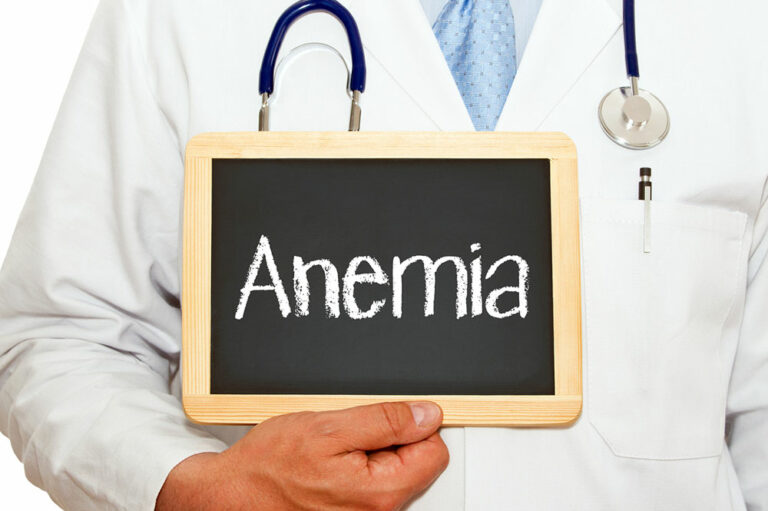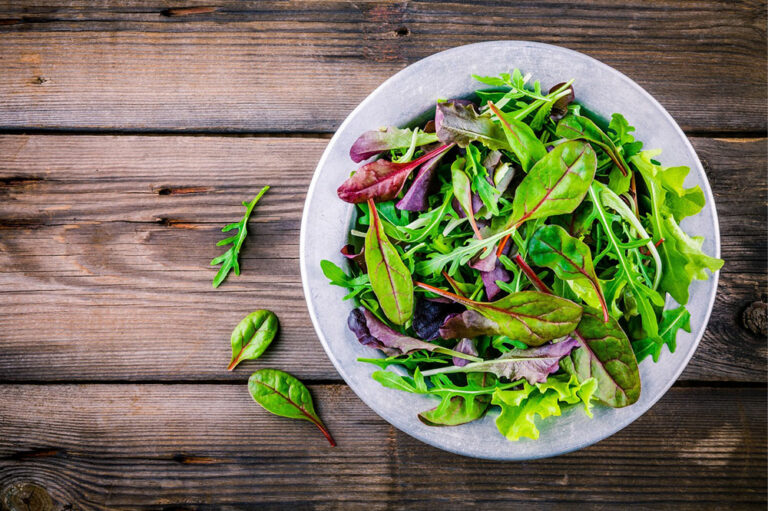
A helpful overview on anemia
Anemia refers to the medical condition in which the body does not produce enough red blood cells to transfer oxygen to the tissues in the body. When you suffer from anemia, you feel weak and exhausted all the time. This disease can be temporary in nature or have a long-term effect on a person’s health, in which case they will require continual treatment. Causes Inflammation Several kinds of diseases like kidney diseases, cancer, rheumatoid arthritis, Crohn’s disease, and chronic inflammatory diseases obstruct the process of producing red blood cells. Iron deficiency anemia This is the most common kind of anemia. As the name suggests, it is a result of a deficiency of iron in the body. The bone marrow requires iron to produce hemoglobin. When there is a shortage of the nutrient, the body fails to generate a sufficient amount of hemoglobin to produce red blood cells. Vitamin-deficiency anemia Apart from iron, the body requires vitamin B-12 and folate to generate red blood cells. When your diet does not have any of these, there is a sharp drop in the red blood cell count. There are also cases of people who consume vitamin B-12 but not absorbing it properly. That gives rise to vitamin-deficiency anemia.
Read More 




